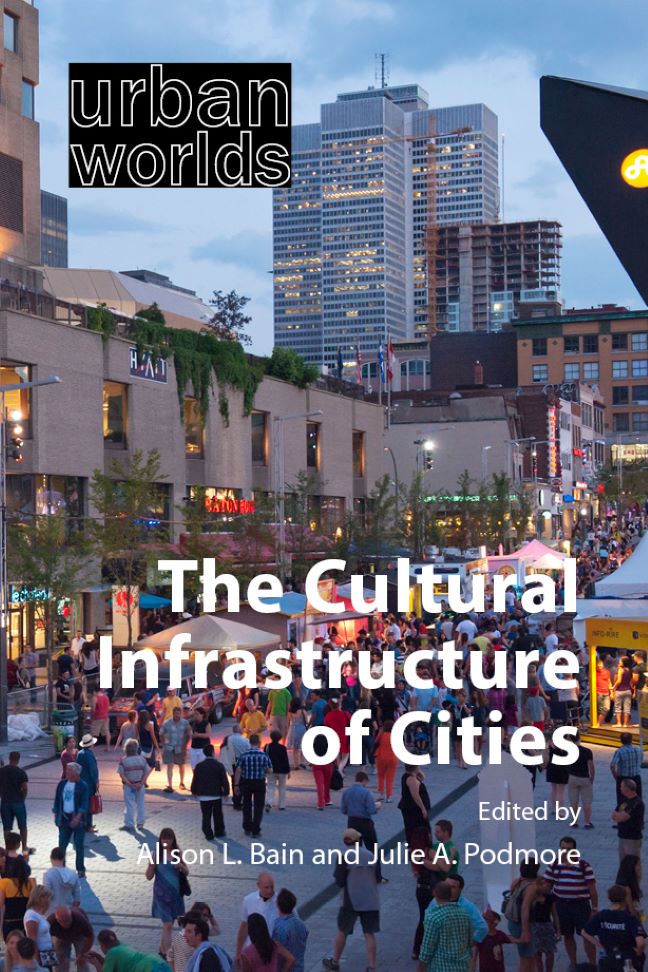2 - Clustering cultural infrastructure in districts
Published online by Cambridge University Press: 23 January 2024
Summary
INTRODUCTION
A cultural district (or cultural quarter in Britain and mainland Europe) is a location within a city where cultural and artistic infrastructure, services, activities and networks are concentrated and embedded (Roodhouse 2006). Informally emergent in mixed-use urban neighbourhoods from the embryonic and ad hoc presence of cultural practitioners, cultural districts revalorize built heritage as “hubs, nodes, and workplaces for creative production” in lifecycles that extend from spatialization to recommodification (Zukin & Braslow 2011: 132). In the cultural industries, a cultural hub in a single building is the most “extreme” form of clustering (Pratt 2021). Such cultural hubs, and the industries and practitioners who animate them with their labour, have become important urban economic change agents in cities around the world grappling with industrial decline and restructuring. They adaptively reuse redundant industrial infrastructure (e.g., harbour areas, elevated rail corridors, shipyards, factories, warehouses and storage facilities), offices, schools, hospitals, churches and prisons, turning it into cultural infrastructure that can foster creativity through human co-presence (Pratt 2021). These “creative brownfields” – “aesthetically distinct, derelict and flexible industrial premises” that have attracted the attention of artistic communities and youth subculture – have become formalized as place-making anchors of cultural infrastructure, contributing to structural changes in neighbourhoods and cities (Andres & Golubchicov 2016: 758).
This chapter considers the informal and formal dimensions of cultural districts as urban infrastructure. It traces the historical roots of cultural districts to the precarity of artistic careers and the socio-spatial strategy of clustering as a means of professional survival. In the contemporary period, shaped by pandemic lockdowns, venue closures and event cancellations to control the spread of Covid-19, it demonstrates that economic uncertainties have deepened across the culture sector for practitioners and organizations alike, undermining the vitality and viability of cultural districts. Despite the seeming global ubiquity of cultural districts as an urban economic development tool, examples of this cultural infrastructure from Berlin and Leipzig in Germany and Toronto and Hamilton in Canada showcase intermediation in practice, demonstrating the range of cultural district spatial forms, programmes and rationales.
- Type
- Chapter
- Information
- The Cultural Infrastructure of Cities , pp. 33 - 48Publisher: Agenda PublishingPrint publication year: 2023

